Looking forward to seeing this!
RING IN THE EQUINOX VIRTUAL WALK
This walk has finished but will be repeated next year.
Listen to Podcast
Tuesday 21st September 2021 7.30pm
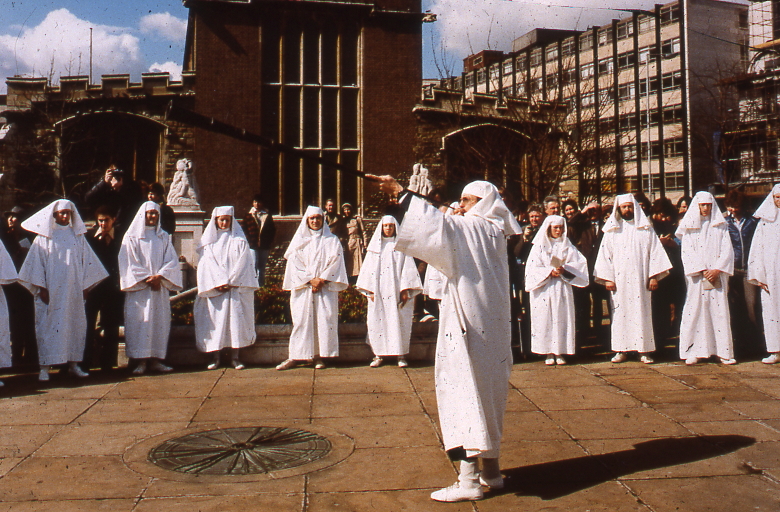
On this walk we look at London at the Equinox, its calendars, folklore and events associated with the beginning of Autumn
The Ancient Britons divided up the year according to the major movements of the Sun and the Moon. On this tour we look at the Equinox and the various calendars associated with the end of Summer and the beginning of Autumn, from the prehistoric period to the present.
We walk around the City of London in search of evidence of how the celestial bodies affects our legal, financial, religious, educational, political, agricultural and human systems. We look at different calendars such as the Pagan year, the Egyptian year, the Roman year, the Christian year, the Jewish year, as well as the various secular years, and explore how they began and how they relate to each other.
On the route we examine folk traditions & customs, festivals and events. We find interesting and historic places in the City of London to link to our stories of the Equinox. We begin at Borough Market and walk over the Thames on London Bridge and explore the City of London and the calendars that have ruled it over the millennia.
To Book:
VIRTUAL TOURS COMING UP! AUTUMN SEASON
MYTHS, LEGENDS, & HALLOWEEN WALK
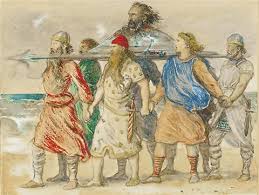
Physical Walk: SUNDAY 31st October 2021 2.30pm Tower Hill Underground Station
Virtual Walk: SUNDAY 31st October 2021 6.30pm
The walk tells the story of London’s myths and legends and the Celtic origins of Halloween.
The walk is led by Kevin Flude, a former archaeologist at the Museum of London, who has an interest both in the archaeological evidence as well as the myths and legends of London’s origin.
The walk will tell the story of a selection of London’s Myths and Legends, beginning with the tale of London’s legendary origins in the Bronze Age by an exiled Trojan called Brutus. Stories of Bladud, Bellinus, Bran and Arthur will be interspersed with how they fit in with archaeological discoveries.
As we around the City we also look at the origins of Halloween celebrations and how they may have been celebrated in early London
The virtual route starts at Tower Hill, then down to the River Thames at Billingsgate, to London Bridge and Southwark Cathedral, to the Roman Forum at the top of Cornhill, into the valley of the River Walbrook, passed the Temple of Mithras, along Cheapside to the Roman Amphitheatre, and finishing up in the shadow of St Pauls.
This is a London Walks Guided Walk. Look at their web site for a list of other of their amazing walks.
To book: Physical Walk click here
To book: Virtual Walk click here
REVIEWS (from London Walks website)
“Kevin, I just wanted to drop you a quick email to thank you ever so much for your archaeological tours of London! I am so thrilled to have stumbled upon your tours! I have wanted to be an archaeologist since 1978 at the ripe old age of 8 years,… I was told for years that I could not be an archaeologist [for any number of reasons, which I now realise are completely ridiculous!], so I ended up on a different course of study. And now at the age of 50, it is my one great regret in life. So, I am thoroughly enjoying living vicariously through you, the digs you’ve been on, and the history you bring to life for us! British archaeology would have been my specific area of study had I pursued it. ?? Thank you SO MUCH for these! I look forward to them more than you can imagine, and honestly, I’ll be sad if you get them down to 1.5 hours! They’re the best 2 hours of my week! 🙂 Best, Sue
This made me laugh!
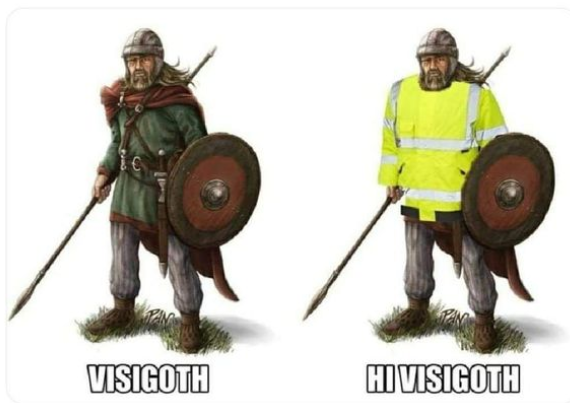
Hierapolis – Ancient Gateway to Hell proven true!
So, at Hierapolis there is an amazing rock formation and the reputed Gateway to Hell. Pliny visited and reported that Priests took an animal to the place of sacrifice, and the animals just keeled over and died while the accompanying Priests survived to tell the tale.
Recent investigation has shown it to be a volcanic vent which, at times, is 80% toxic CO2. The suggestion is that the animals with their noses to the ground got a fatal dose while the priests lived to walk away.
This is the BBC web site with some great photos and below is the text from Salon IFA the newsletter of the Society of Antiquaries.
https://www.bbc.com/travel/article/20210629-turkeys-mysterious-portal-to-the-underworld
Foom Salon IFA
The BBC recently reported this fascinating story. The ancient town of Hierapolis, situated in modern-day Turkey, is famous for its dramatic and otherworldly rock formations, known as travertines, which cascade

down the hillside in perfect white basins and waterfalls. Founded in the second century, Hierapolis became a Roman town in 133AD and subsequently grew as a popular spa town, but it was also notorious as the location of the ‘Gate to Hell’, a portal to the underworld.
It was widely believed that Hierapolis was built upon an entry to the underworld, where the three-headed Cerberus bellowed out toxic breath, killing passers-by on behalf of his master, the god of the underworld, Pluto. A shrine, known as the Ploutonion, was built on the site and rituals were held where, as Pliny the Elder and Strabo both describe, priests would lead an animal into the shrine as an offering, and the animal would immediately drop dead while the priest survived. Strabo writes ‘I threw in sparrows, and they immediately breathed their last and fell’.
In 2013, scientists decided to investigate these claims. Hardy Pfanz, a volcano biologist from Germany’s University of Duisburg-Essen wondered if the portal could be a volcanic vent and went to investigate. He found ‘dozens of dead creatures around the entrance’, confirming the histories, and was able to test the air, revealing that the Ploutonion was in fact built on a volcanic vent that spewed out air that was 80% toxic
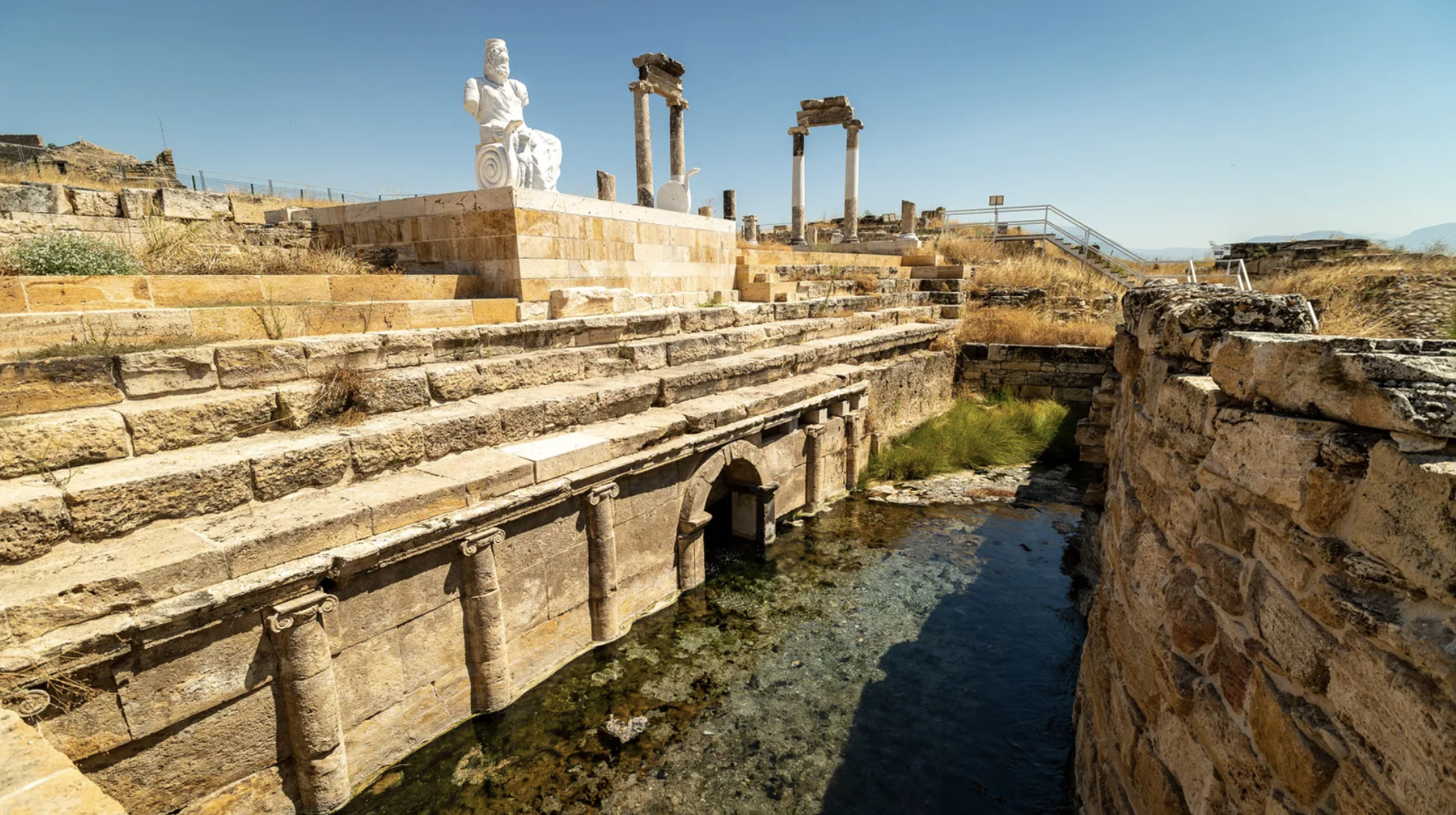
carbon-dioxide. The town sits on a volcanic fault, which was also the reason for the earthquakes that levelled the city in 17 AD, 60 AD, and again in the 17th and 14th Centuries.
One mystery remained; how did the priests survive and the animals perish? Returning the following year, Pfanz discovered that, in good weather, the carbon-dioxide dissipated quickly, but at night, when it is cooler ‘it pools in the arena, creating a lethal lake of gas at ground level’. He believes that the animals, who had their noses lower to the ground, would have quickly suffocated, while the priests, standing taller would have survived.
Image credits: Travertines, Shutterstock; Ploutonion, BBC Bella Falk
Piece of Hadrian’s Wall found!
In digging a trench by a water company, they found an early section of the Roman Hadrian’s Wall.
Online Exhibitions 1 – Women at the heart of general practice
This is the first of a series of reviews of Online Exhibitions. What I am looking for is an online exhibition that I really enjoy the experience of. I want to enjoy wandering around it. I want to feel it is an event, something special. I want something that drives me forward to explore the ‘space’; to discover what is ‘around the corner’. To stop and linger at special ‘places’.
I must say I haven’t found one yet. And my apologies to those who have put their time and effort into their online exhibitions because I will seem over-critical because I am in search of a real on-line exhibition, that is a substitute for the real thing.
Women at the heart of General Practice is by the Royal College of General Practitioners.
It has a simple structure and contains informative text, images, objects, quotations and audio. So, as a resource it is very informative. But as an exhibition it doesn’t really do.
The design is weak, and probably partly at least because it is a web site and the dimensions of the screen change depending on circumstances. This is a major problem graphically. But also it does not have that sense of either wandering around browsing that a real exhibition has; nor the focus that the graphic design and layout of a real exhibition can give. So I am not inspired to put the time and effort in. There are also lots of options of ‘routes’ through the data and, to be honest, I can’t be bothered to do more than sample them. That’s my fault not the exhibition’s but indicative of a structure that I would say is not really an online exhibition, it is rather an online resource. And a good one.
https://www.rcgp.org.uk/women-in-gp
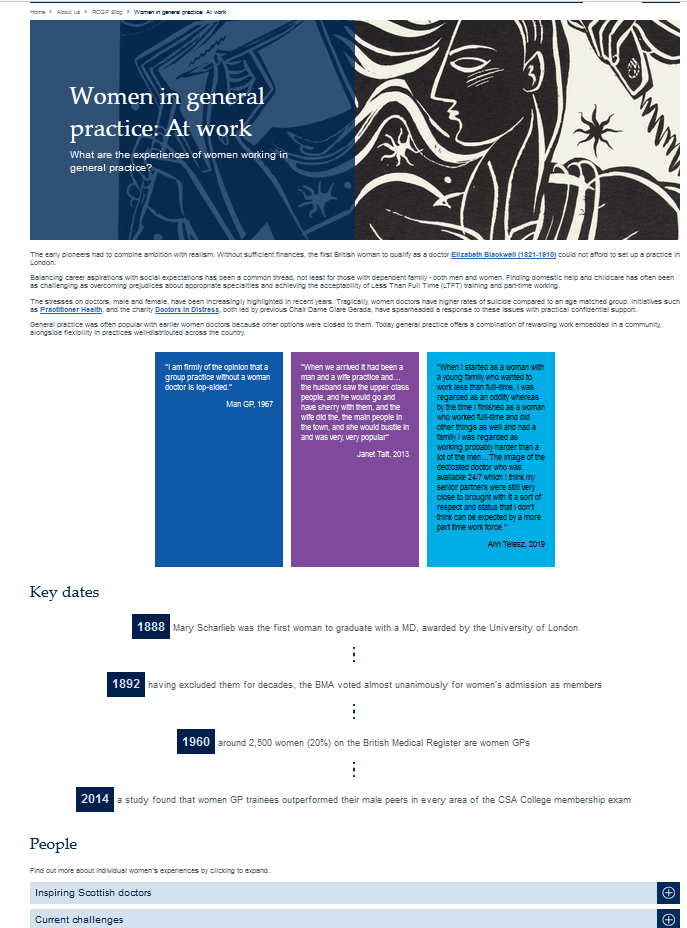
GUIDED WALKS COMING UP (ACTUAL, PHYSICAL WALKS!)
THE REBIRTH OF SAXON LONDON ARCHAEOLOGY VIRTUAL WALK
This walk has now been completed but will be rerun soon.
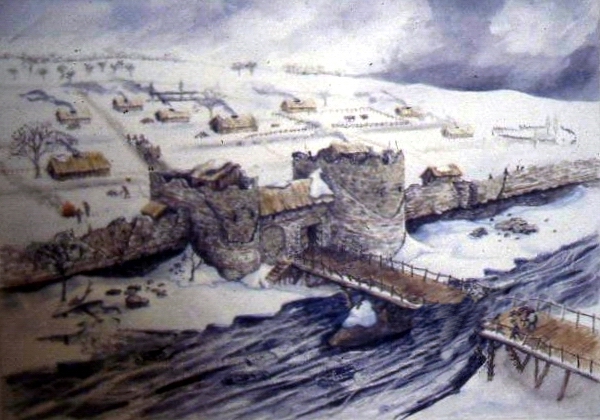
Sunday 4th July 2021 6:30 PM
The Romans gave the name of Saxons to barbarian pirates that plagued the North Sea region in the Late Roman Period. Historians link them with the Angles to create the germanic Anglo-Saxon period of which London was the leading town. But excavation and DNA analysis make the traditional story more difficult to sustain and although the Anglo-Saxons have a rich history how much of it can be trusted? Was there a Dark Age? Or was it just a ‘transistion’? How did English become the main language sweeping aside native Celtic languages? Much of the story of Saxon London has been founded on myth and dubious historical sources, but archaeological, documentary and genetic research has beginning to provide a clearer narrative.
Following the fall of Roman Britain, London was almost deserted. On this walk we explore how London recovered and grew to be the most important City in England by 1066. We will concentrate on the period from 600 AD onwards, and will begin with the story of Lundenwic at Covent Garden. We will then walk along the Strand and Fleet Street to visit the empty City of Lundinium which had a rebirth in the 9th Century as Lundenburgh and which grew to become London – the largest City in the Kingdom by 1066.
This is a London Walks event by Kevin Flude To book click :
